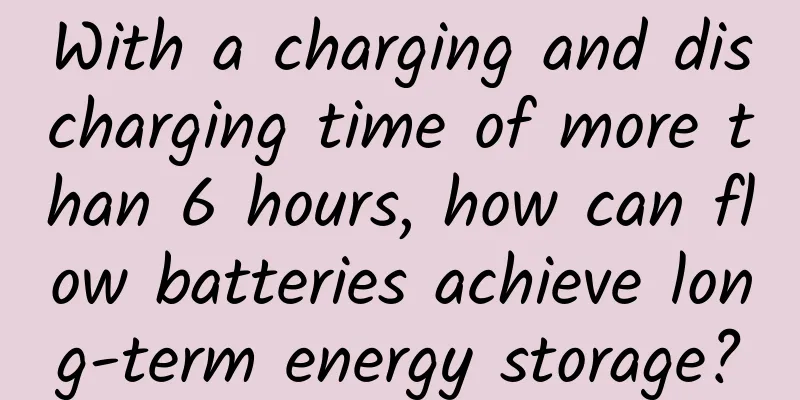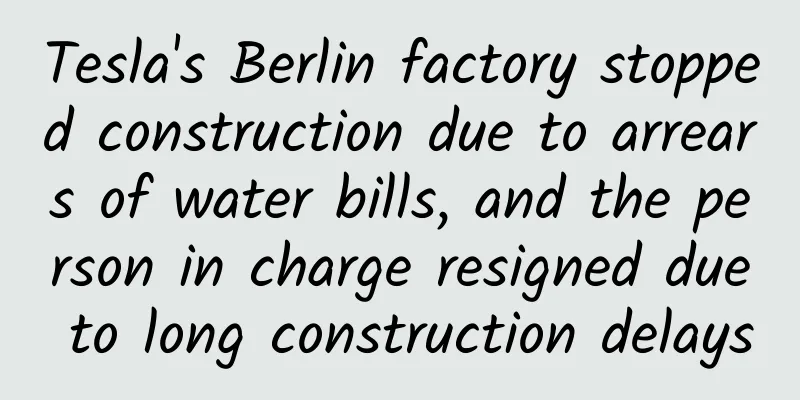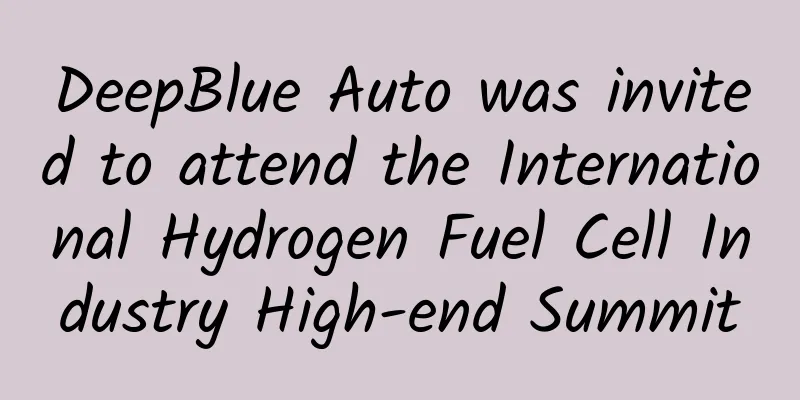With a charging and discharging time of more than 6 hours, how can flow batteries achieve long-term energy storage?

|
□ Zhao Jialiang Recently, the Sichuan Provincial Department of Economy and Information Technology and six other departments jointly issued the "Implementation Plan for Promoting the High-Quality Development of the Vanadium Battery Energy Storage Industry". This plan is the first special policy for the vanadium battery industry in the country, marking an important step for Sichuan from a province with abundant vanadium resources to a province with abundant vanadium batteries. Vanadium (chemical symbol V) battery, full name all-vanadium liquid flow battery, mainly uses the valence change of vanadium ions to achieve the storage and release of electrical energy. From the working principle point of view, the biggest difference between vanadium batteries and lithium-ion batteries is that the conductive ions are mainly vanadium ions of different valence states. When charging, the V4+ at the positive electrode loses electrons to become V5+, and the V3+ at the negative electrode gains electrons to become V2+, and the opposite is true during discharge. Structurally, unlike the electrolyte of lithium batteries that is integrated inside the battery, there is an electrolyte storage tank on each side of the positive and negative electrodes of the vanadium battery, which is transported to the inside of the battery for reaction through a circulation pump. In fact, the all-vanadium liquid flow battery is just a representative of the liquid flow battery family. From the perspective of product classification, liquid flow batteries can be divided into more than 20 technical routes according to different electrolyte systems, including all-vanadium, zinc-iron, zinc-bromine, iron-chromium, etc. The core of all of them is to achieve the storage and release of electrical energy through the mutual conversion of different electrolyte ions. Compared with new batteries such as lithium iron phosphate, liquid flow batteries do not undergo phase changes during the electrode reaction process, can be deeply charged and discharged, and can withstand high current charging and discharging. Compared with other electrochemical energy storage technologies, liquid flow batteries have three most prominent features: first, the self-discharge is very small, and the power will not decay after being stored for days or weeks, which makes long-term energy storage possible. Secondly, the cycle life is particularly long, which can be as low as 10,000 times, and some technical routes can even reach more than 20,000 times, and the overall service life can reach 20 years or more. More importantly, vanadium batteries can achieve "instant charging". Because the electrolyte fills the entire battery pack, it only takes 0.02 seconds to switch the charge and discharge state during operation, and the response speed is only 1 millisecond. my country started its research on vanadium batteries early, and has now entered the stage of large-scale commercial demonstration operation and market development. In the late 1980s, Peking University and China University of Geosciences established laboratory models of all-vanadium liquid flow batteries. In 1995, the China Academy of Engineering Physics developed a 1-kilowatt vanadium battery stack prototype. Since then, more research institutions have begun to engage in the research and development and commercial promotion of vanadium batteries. On October 31, 2022, the world's largest all-vanadium liquid flow battery energy storage power station was completed and connected to the grid in Dalian, Liaoning. Liquid flow batteries have gradually come to the fore from the "reserve army" of long-term energy storage. At present, lithium-ion batteries and pumped storage have a clear dominance in the energy storage market. However, as the scale of clean energy continues to grow, an ideal low-carbon power system also requires a set of diversified long-term energy storage solutions. Therefore, long-term energy storage, that is, technologies with a charging and discharging time of more than 6 hours, has received increasing attention. Although all-vanadium flow batteries are highly anticipated, there are still two key challenges that need to be addressed: one is the technical difficulty and low energy density. Some important components in flow batteries, such as bipolar plates and ion exchange membranes that provide a place for chemical reactions, are still dependent on imports, and localization is difficult. Due to the larger size of the electrolyte tank, the energy density of the flow battery system is only 1/10 of the energy storage of lithium-ion batteries. Second, the initial investment cost of flow batteries is high, usually two to three times that of lithium batteries, of which the reactor stack and electrolyte account for more than 70%. However, as the use time increases, its full life cycle cost advantage gradually emerges. In terms of exploring the technical route of independent intellectual property rights, the team led by Zhao Tianshou, an academician of the Chinese Academy of Sciences, has made a lot of attempts. Through innovations in basic theory, key materials and devices, the performance of liquid flow batteries has been greatly improved, the current density has been increased to more than three times the mainstream level, the electrolyte utilization rate has been increased to 80%, and there is no significant attenuation after 20,000 cycles. The improvement in the performance of new liquid flow batteries is expected to reduce the initial investment cost of liquid flow battery energy storage power stations by more than 25%, reducing the life cycle cost of liquid flow batteries to a level that can be commercialized. With technological breakthroughs, the cost of battery stacks and other items will continue to decline, the electrolyte can be almost completely recycled, and there is broad room for cost reduction in vanadium electricity after scale-up. Vanadium electricity storage will have great potential in the field of medium and large-scale energy storage that focuses on safety. (The author is an engineer at Envision Technology Group) |
<<: World Rainforest Day | What’s so special about the “林” with multiple “雨” characters?
>>: What kind of cultural charm is hidden in the tea utensils in ancient poetry?
Recommend
Why is DOS still important?
Twenty years ago, Jim Hall, an undergraduate physi...
Google has made two mistakes over the years
Google does so many great things that it can be h...
Event operation and promotion: How to plan the core gameplay?
As usual, let me give you a definition: Operating...
Is the fee to join the Qujing Designated Driver Mini Program high? Qujing Designated Driver Mini Program Franchise Fees and Process
What is the price to join the Qujing Designated D...
Does using a tickle to tickle an itch make it itch more?
The crosstalk master Mr. Ma Sanli has a famous pi...
Lao Duan talks about OTT: Things about multi-screen interaction
Duan Youqiao, an artist of iQiyi. From an Interne...
How to create an invisible competitive "field" in the live broadcast room?
If you are already doing live streaming, you must...
The latest research found that comets from outside the solar system originally ran away from the solar system!
Comets from outside the solar system, some of the...
The "Lotus Birthday Candles" from childhood have gone abroad and become a hit, with a loud sound that can last for a year?
I wonder if you still remember the "lotus bi...
Super high efficiency technique, make your life 10 times more efficient
【Super Efficiency Technique】 Make your life 10 ti...
One picture to understand | Let's understand the true meaning of Webb's first batch of "space photos"
In July this year, the James Webb Space Telescope...
Tencent practical case! How does QQ Sports upgrade user experience?
In this era of national fitness, more and more us...
Huawei Hongmeng is about to debut. The media should support it instead of praising it.
[[268884]] On May 19 this year, according to the ...
4400 words to analyze the user growth system of Zebra English
Today's case study is about the Zebra English...
Here's why Siri is hard to use, and it's about to be solved
When many people talk about Siri, they often comp...









